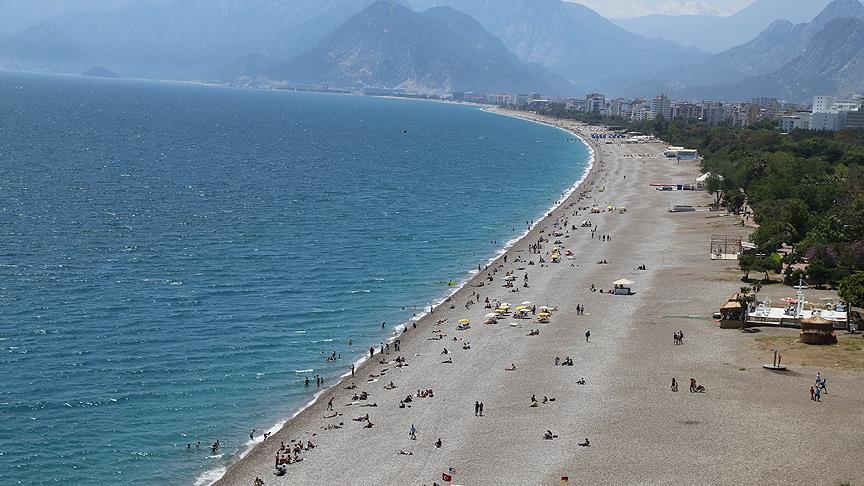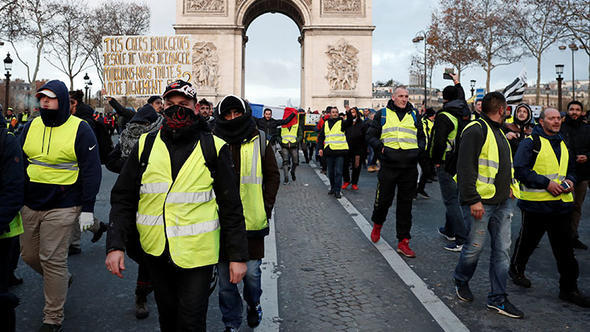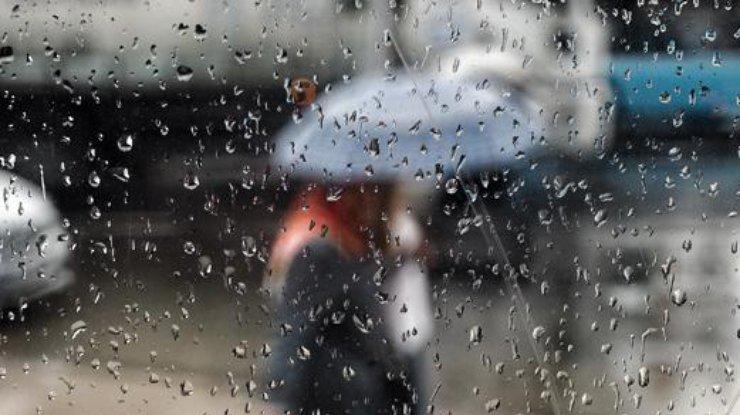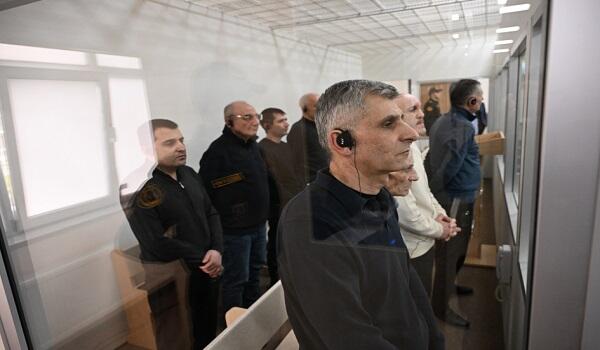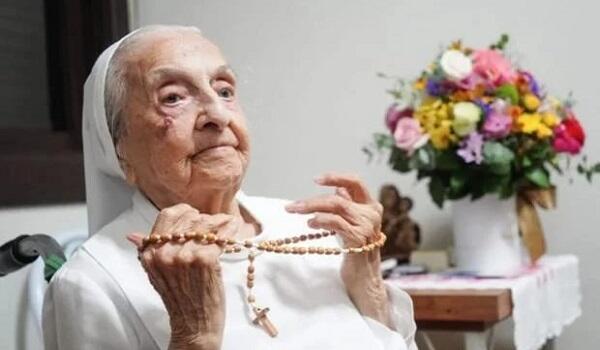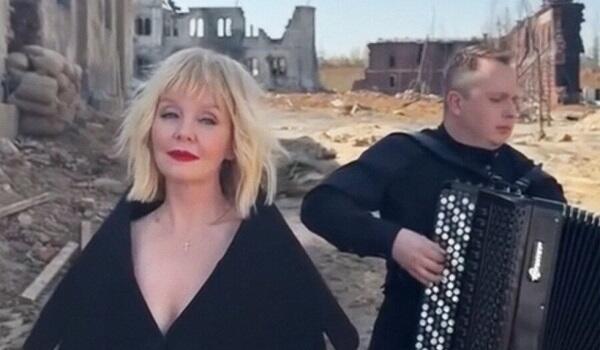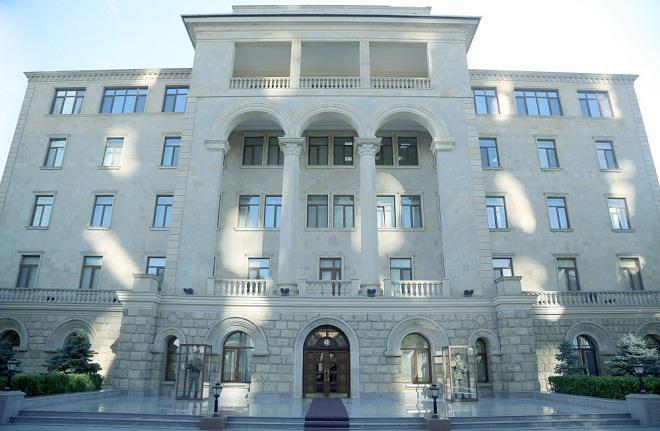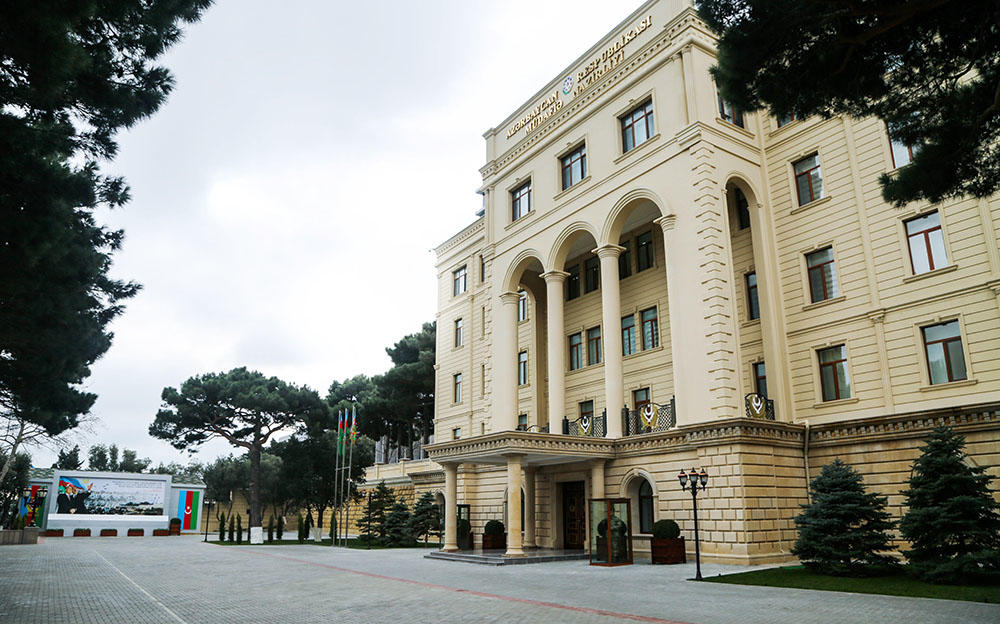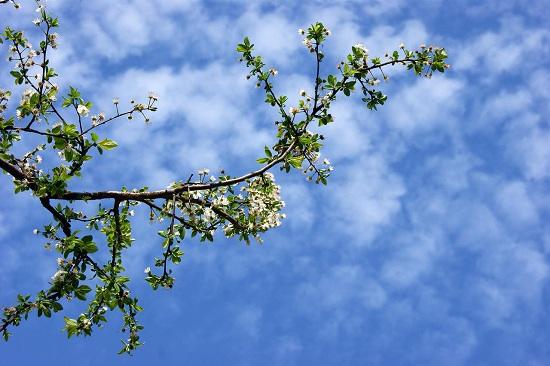Over the course of time, the image of female beauty changes. And the famous words "beauty demands sacrifice" once had a literal meaning. It’s shocking what women did to seem attractive.
Axar.az chose and collected 5 pieces of evidence to show that the ideal is a relative and highly changeable concept from Brigh Side, so it’s better to be careful about fashion trends.
1. 1939: makeup protection
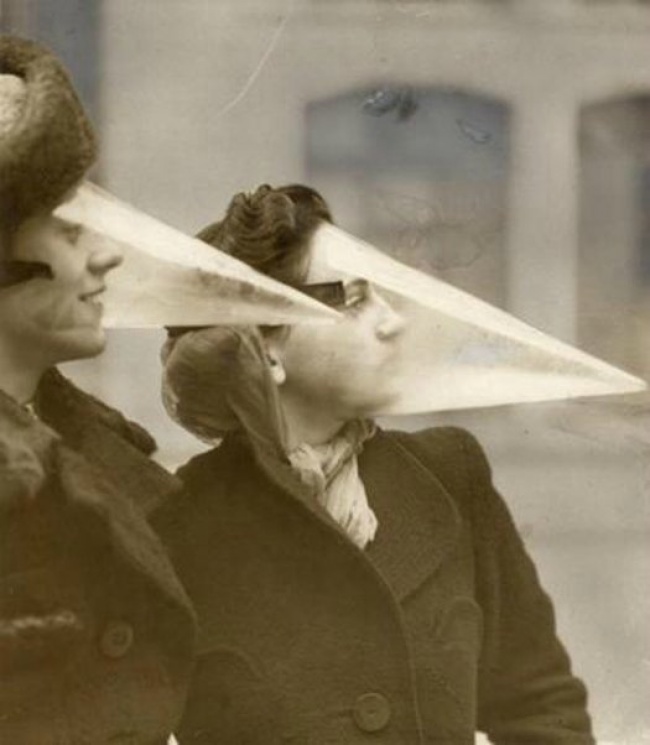
This way sharp dressers saved their makeup from rain and snowfalls. One of the drawbacks of the device was that it fogged up from the inside really quickly.
2. England, 17th century: venous network
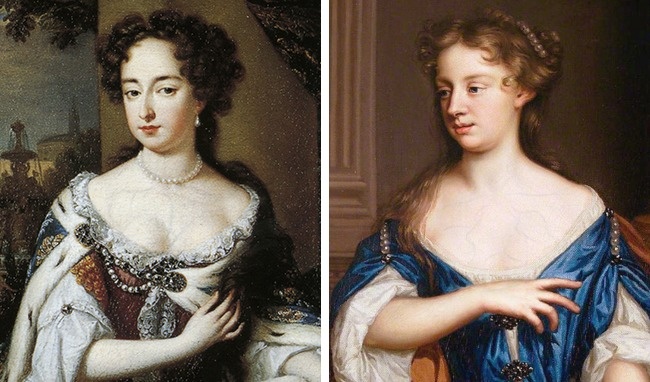
To emphasize their high birth, women used a blue pencil to draw veins on their neck, chest, and shoulders.
3. 19th century: arsenic for beauty
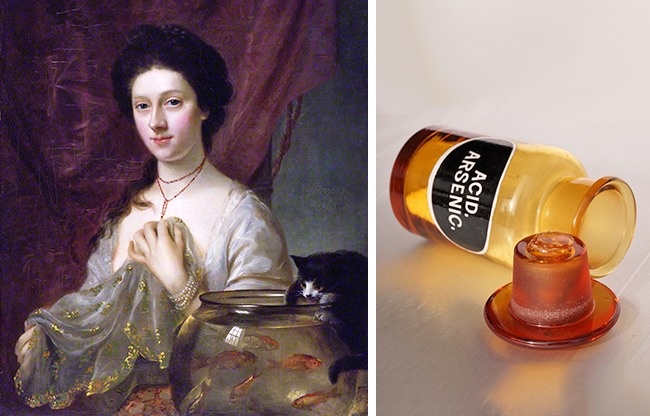
In the 19th century, it was fashionable to eat arsenic to "give a blooming look to the face, shine to the eyes, and attractive roundness to the body." However, there were side effects: arsenic accumulates in the thyroid gland and causes goiter and sometimes death.
4. 15th-17th centuries: chopine
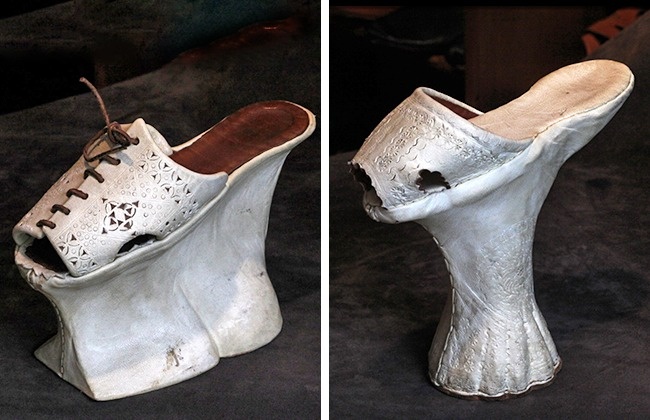
Ladies of the 15th-17th centuries wore chopine shoes to protect their dresses from mud and demonstrate a high social position. Shoes told others about the identity and status of their owner. The height of chopine shoes could reach 50 cm, so the ladies who wore them needed a maid who would support her mistress.
5. Europe, 18th century: moles
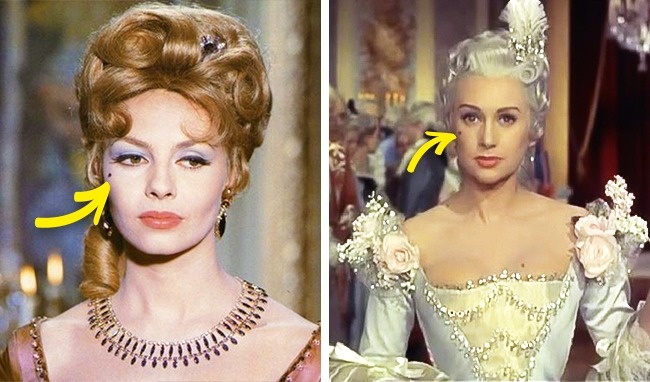
A time when a generous use of cosmetics was allowed, and special importance was given to artificial moles. Moles became not only a means of makeup but also a tool for flirting:
a half-moon mole was an invitation for a night’s date;
a cupid signified love;
a carriage was consent for a joint escape;
a mole on the upper lip signified the lady was single and free for matrimonial propositions;
on the right cheek — married;
on the left cheek — widow.









